by Phillip Starr
Legendary Iron Palm
The legendary “iron palm” (called “tieh-shou” in Chinese, which literally means “iron hand”) is often very different from what many people think it is. Masutatsu Oyama, founder of the Kyokushin style of Japanese karate, had very heavily calloused hands with which he would split 25 lb. stones, paving bricks (the old kind that were used to “pave some old streets and they’re as hard as iron), and other such objects, had “conditioned hands” and feet, but not the ancient “iron palm.” The same thing holds true for Master Higashionna of Goju-ryu karate in Okinawa. He has heavily conditioned many of the striking surfaces of his hands and feet but this is a far cry from the Chinese iron palm.
The iron palm has little to do with developing heavy callouses or breaking coconuts. It is a special technique that enables the practitioner to transmit most of the force of his blow to an area beneath (or quite a distance from) the target that he strikes. For instance, a blow to the abdomen would leave no external evidence of a blow but the strike or punch could rupture internal organs without leaving any bruising on the surface of the flesh…or a blow to the arm may result in a ruptured liver (the target is a considerable distance from the point of impact) and again, no bruising is caused on the arm!
Shaolin Master Gu Yu Cheong
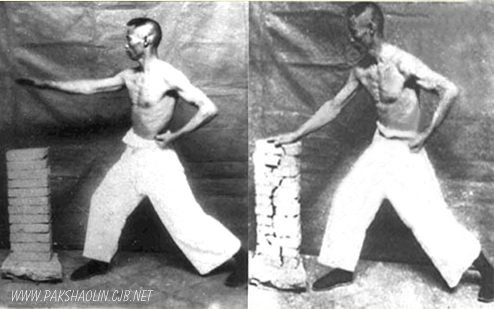 There is a famous photo of iron palm and Shao-lin Master Gu Yu Cheong, who practiced a form of northern Shao-lin gong-fu. The photo depicts him breaking a very large stack of bricks. You’ll notice that he’s no heavily-muscled hulk, nor were his hands calloused. When I was in China back in 1982, I walked past a construction site on a Sunday (no workers were present) and noticed a pile of bricks. I decided to break one so that I could determine if they were much different from bricks made in the U.S. I was shocked when I picked one up and it was light as a feather! I struck one and it virtually exploded…and I realized that the bricks were simple baked clay; U.S. And European bricks have a lot of filler in them, making them very strong and hard. Not so in China at that time. Although the experience didn’t do much for my sense of security as we visited many brick buildings, I understood that there was a considerable difference in the quality of bricks made in the West and those in China (this has now changed; in 2013 I did the same thing and found that the current bricks produced in China are now properly mixed with fillers and very strong).
There is a famous photo of iron palm and Shao-lin Master Gu Yu Cheong, who practiced a form of northern Shao-lin gong-fu. The photo depicts him breaking a very large stack of bricks. You’ll notice that he’s no heavily-muscled hulk, nor were his hands calloused. When I was in China back in 1982, I walked past a construction site on a Sunday (no workers were present) and noticed a pile of bricks. I decided to break one so that I could determine if they were much different from bricks made in the U.S. I was shocked when I picked one up and it was light as a feather! I struck one and it virtually exploded…and I realized that the bricks were simple baked clay; U.S. And European bricks have a lot of filler in them, making them very strong and hard. Not so in China at that time. Although the experience didn’t do much for my sense of security as we visited many brick buildings, I understood that there was a considerable difference in the quality of bricks made in the West and those in China (this has now changed; in 2013 I did the same thing and found that the current bricks produced in China are now properly mixed with fillers and very strong).
What many people don’t know about Master Gu is that HE COULD SELECTIVELY BREAK ANY BRICK IN THE STACK while leaving the others intact. If you asked him to split the 5th brick from the bottom, he could do just that… and THAT is a true “iron palm.”
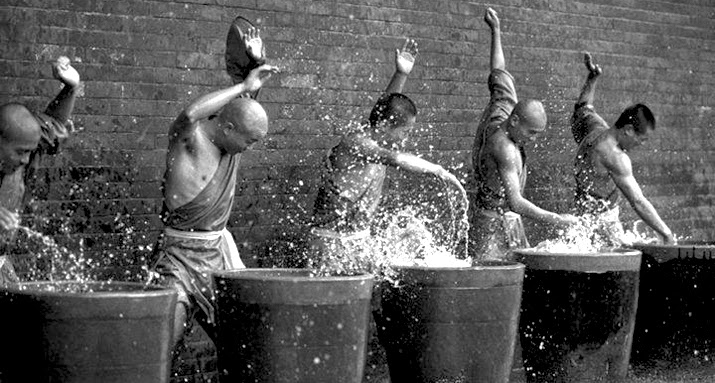
Challenge Matches
At that time (the early 1900’s), China traded with numerous nations, including Russia. Now, several European boxers had had matches with local gong-fu adepts and oftentimes, beat them soundly. Gu stepped up to the plate and trounced several foreign boxers. On one occasion, Russian sailors were teasing him because they wanted another match.
Gu knew that the Russians often brought some fine race-horses with them and they would race them against Chinese steeds. Not wishing to waste any more time crossing fists with the foreigners, he asked them to bring out their finest horse.
A confused ship’s captain complied and had his men bring out a large Russian race-horse. Gu said he would provide a good example of gong-fu for them and he placed one hand on the horse’s back. He suddenly slapped the horse’s back (some say that he simply pressed on it) and the animal immediately collapsed, dead on the spot. The captain ordered an autopsy and it was found that most of the horse’s viscera had been severely ruptured! Gu wasn’t challenged to any more boxing bouts.
Iron Palm Training
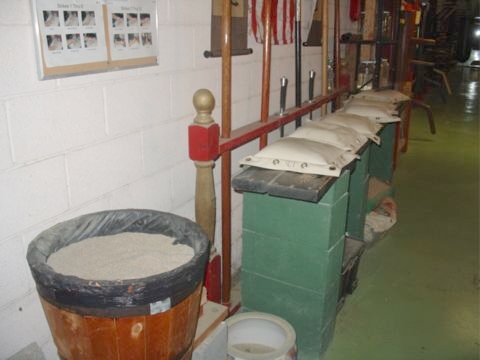
Iron palm training is tedious and often painful. Contrary to what many gong-fu enthusiasts may think, it involves much more than repeatedly slapping a small cloth sack full of beans or iron shot (the old-timers never used iron pellets because it was too expensive and some said it might adversely affect one’s health). There’s much, much more to it and training must be done at least six days a week (a training session might last for more than 90 minutes). Special form(s) of qigong are also practiced and special medicine(s) is applied to the hands after each session. Many, if not most, of the current commercially made “iron palm” medicines available today are actually watered-down forms of what is known as “bruise linament.” However, there are some herbalists who still produce the traditional brew (one of them is my good friend, Miles Coleman, who owns Black Belt Herbs, and I understand that Mr. Dale Dugas also produces a high-quality iron-palm medicine…they’re both on Facebook).
There are training exercises that are intended to strengthen the legs and hips, build power in the grip, and several of them are directed at teaching the practitioner to transmit energy far beneath the surface of the blow (although the exercises don’t appear to foster such skill, they do so without the students necessarily being consciously aware of it). To develop this rare skill requires courage, determination, and the tutelage of a good teacher who has walked the same path.

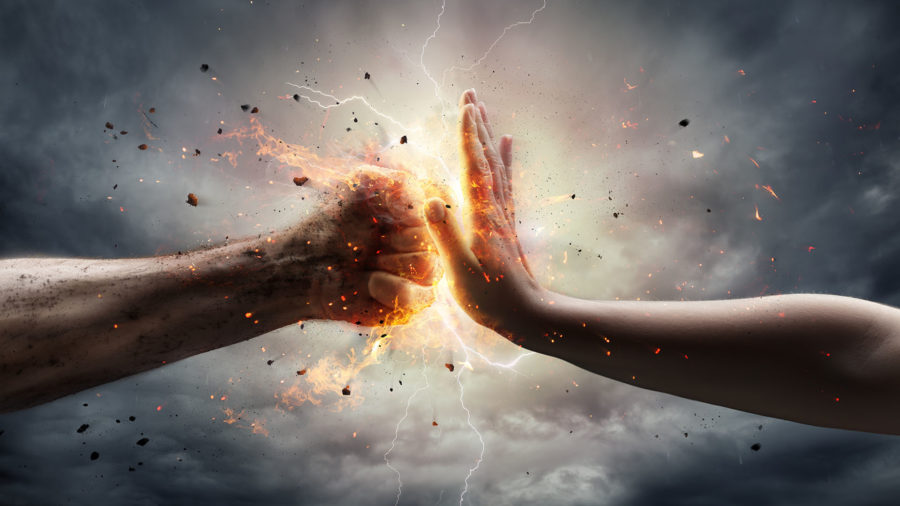
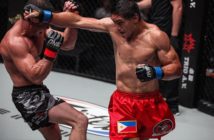
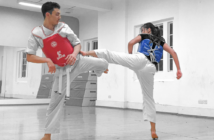
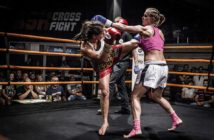
1 Comment
Started Training in Bruce Tegners Judo and Adriano Emperado Kenpo – Kajukenbo at 13 and than in the Army with deadly combat skills daily training (Krav Maga/killer karate/). I learned that the palm strike is one of the most effective tools in my arsenal. I worked as an MP and special Ops task force soldier for several years and later in Law Enf for many years.
The Iron palm is an awesome weapon to develop if you are dedicated.
Peace and non-violence.
What is the sound of one hand clapping?
The body sleeps, but the mind never sleeps
To master technique, you must understand Harmony
The Renshi